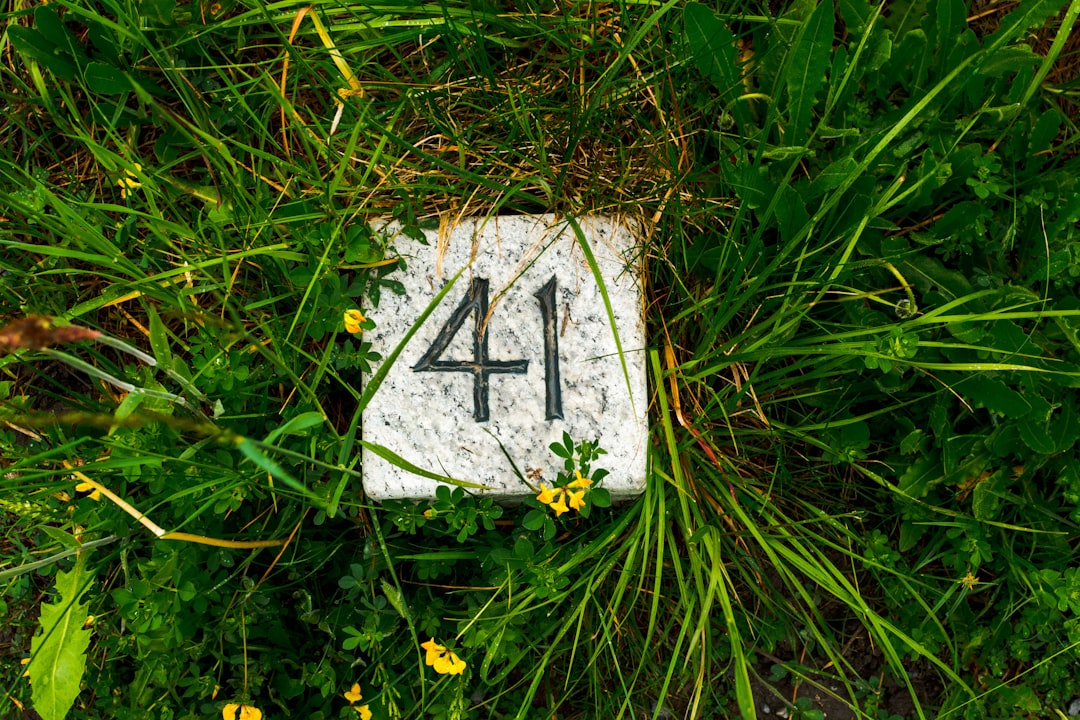Edible gardening is a rewarding endeavor that allows you to grow your own fresh produce right at home. One crucial aspect of successful gardening is ensuring the longevity of your seeds. Many vegetable, flower, and herb seeds can remain viable for years if stored correctly. In this article, we'll explore some simple yet effective tips to extend the shelf - life of your seeds.
First and foremost, understanding the basic needs of seed storage is essential. Seeds are living organisms, albeit in a dormant state. They require specific conditions to maintain their viability. Temperature and humidity are two of the most critical factors.
Temperature plays a vital role in seed storage. Seeds should be stored in a cool environment. A general rule of thumb is that the lower the temperature, the longer the seeds will last. Ideal storage temperatures range from 32°F to 41°F (0°C to 5°C). You can achieve this by storing your seeds in a refrigerator. However, it's important to note that sudden temperature changes can be detrimental to seeds. So, if you take seeds out of the refrigerator, let them come to room temperature gradually before opening the container to prevent condensation from forming inside, which can damage the seeds.
Humidity is another factor that can significantly impact seed viability. High humidity can cause seeds to absorb moisture, leading to mold growth and premature germination. To combat this, store your seeds in air - tight containers. Mason jars are an excellent choice as they provide a good seal. You can also add a desiccant, such as silica gel packets, to the container to absorb any excess moisture. These packets can often be found in new shoe boxes or other packaged items. Just make sure they are not labeled as toxic.
Light can also have a negative effect on seeds. Exposure to light can break down the genetic material in seeds over time. Therefore, it's best to store your seeds in opaque containers or in a dark place. A cabinet or a drawer away from direct sunlight is a great option.
Proper labeling is often overlooked but is crucial for seed storage. When you put your seeds in containers, label them clearly with the type of seed, the date of purchase or harvest, and any other relevant information such as the variety. This will help you keep track of your seeds and know when they were stored. As seeds age, their germination rate may decline. By knowing the age of your seeds, you can adjust your planting expectations accordingly.
Another important tip is to store different types of seeds separately. Some seeds may release chemicals or gases that can affect the viability of other seeds. For example, onions and garlic seeds can release substances that may harm other seeds. So, keep them in separate containers.
When it comes to vegetable seeds, different vegetables have different seed storage lifespans. For instance, tomato seeds can remain viable for up to 6 years if stored properly, while parsnip seeds have a much shorter lifespan of about 1 - 2 years. It's a good idea to do some research on the specific storage requirements and lifespans of the seeds you are growing.
Finally, periodically check your stored seeds. Look for signs of mold, discoloration, or any other signs of damage. If you notice any issues, it's best to discard the affected seeds to prevent the spread of problems to other seeds. By following these simple tips, you can ensure that your seeds stay fresh and viable for as long as possible, giving you a better chance of a successful edible garden season after season.
In conclusion, taking the time to store your seeds correctly is a small investment that can yield big rewards in your edible garden. With proper temperature, humidity, light control, labeling, and separation of different seed types, you can extend the shelf - life of your seeds and enjoy a bountiful harvest year after year.

